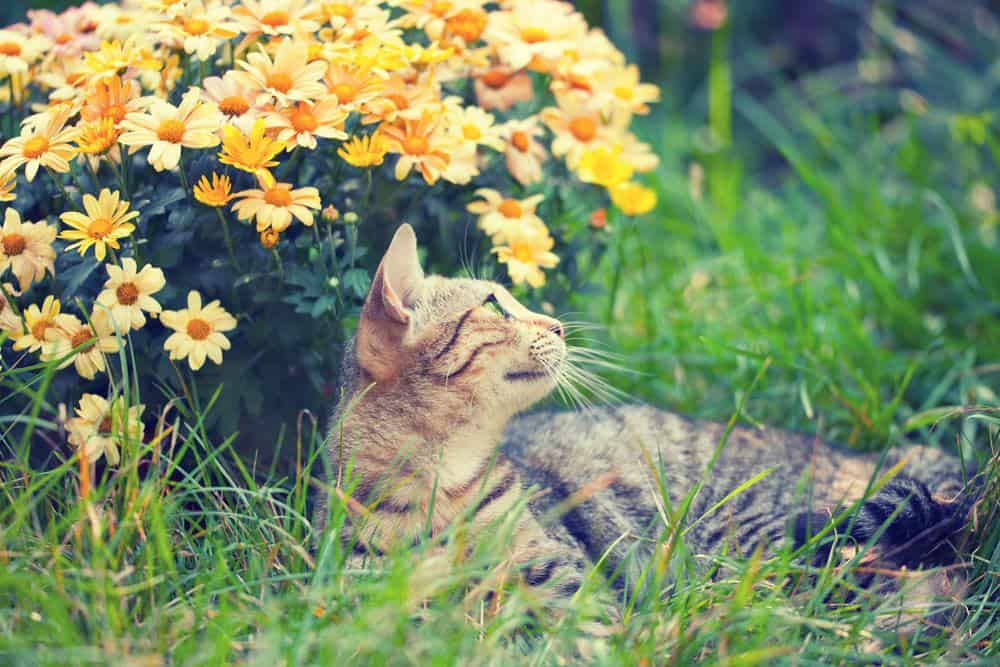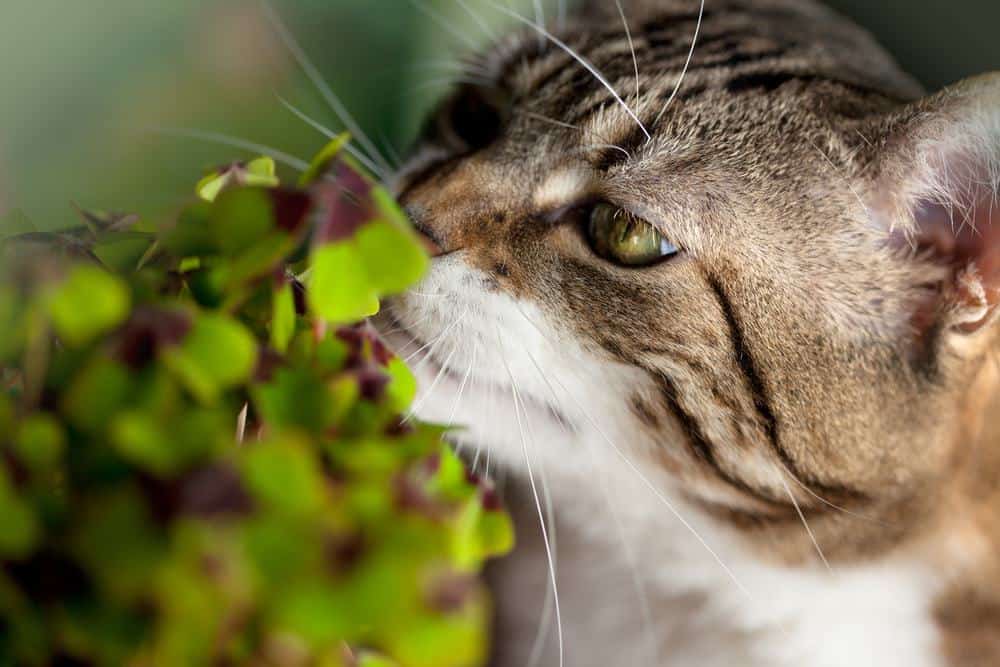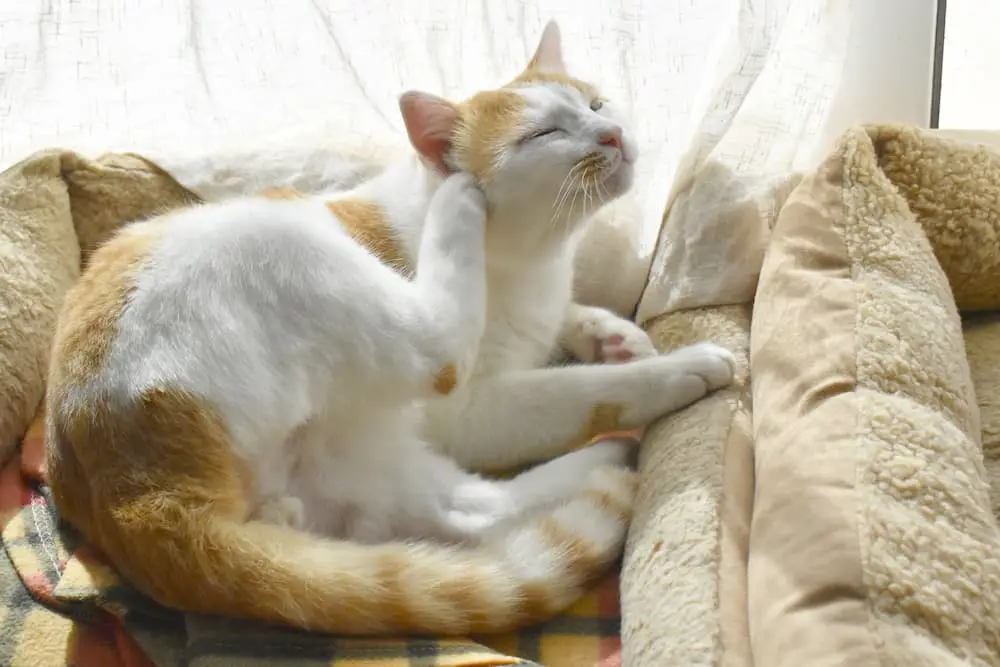With summer officially here, your pets will be clamoring to go outside and run around in the yard. In order to keep your dogs and cats safe, however, it’s incredibly important to be aware of the type of harmful plants that could be around your home.
ProFlowers has put together a comprehensive list of 199 Poisonous Plants to keep an eye out for. Most of these plants are safe to grow and keep in your home, but should be avoided if you’re concerned of accidental ingestion from a hungry pet or curious child. Look through the list of plant names and make sure no one in your home is at risk!

Levels of Toxicity
Before reading the list, keep in mind toxicity levels can vary based on your level of contact with a plant. For example, a plant like black henbane is fatal even in low doses, whereas in some plants you need to consume a large amount to experience side effects.
Here is a breakdown of the four levels:
- Major toxicity: These plants may cause serious illness or death.
- Minor toxicity: Ingestion may cause minor illnesses such as vomiting or diarrhea.
- Oxalates: The juice or sap of these plants contains oxalate crystals, which can cause skin irritations or more serious ailments like throat swelling, breathing difficulties, and stomach pain.
- Dermatitis: These plants may cause a skin rash or irritation.
With all four toxicity levels, it’s advised that you contact the Poison Control Center by calling (800-222-1222).
If you notice that some common fruits are on the list, there’s no need to rush to toss out your last grocery run. Many toxic parts of plants such as cherries, apricots and peaches aren’t the fruits themselves, but other parts like the stem, leaves and seeds. These parts we never consider eating, so we never come in contact with them.

Special care for children and pets
Most plants we would never think to eat or touch, but for small children and pets that are unaware of harmful side effects, it’s recommended you keep them out of arm’s reach. For example, a peace lily is a very popular indoor plant given its ability to clean the air in your home. But it’s also highly toxic for cats and dogs, so try to keep the plant on a high shelf, or out of your home altogether.
For the complete list, check out the graphic below or you can find ProFlowers’ blog post here.









